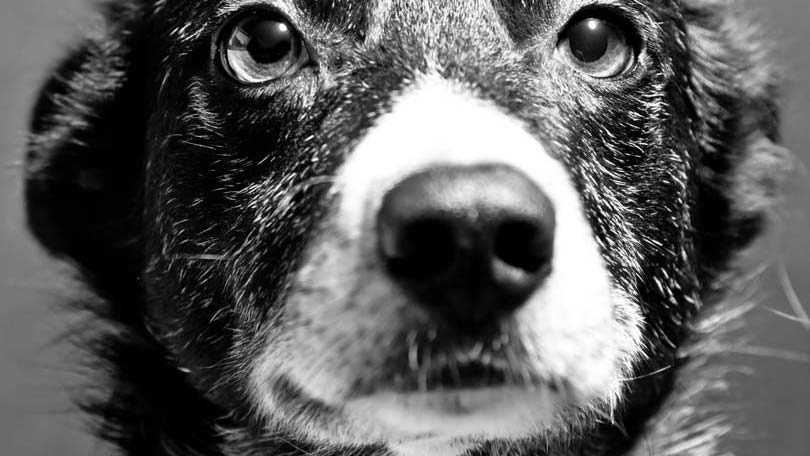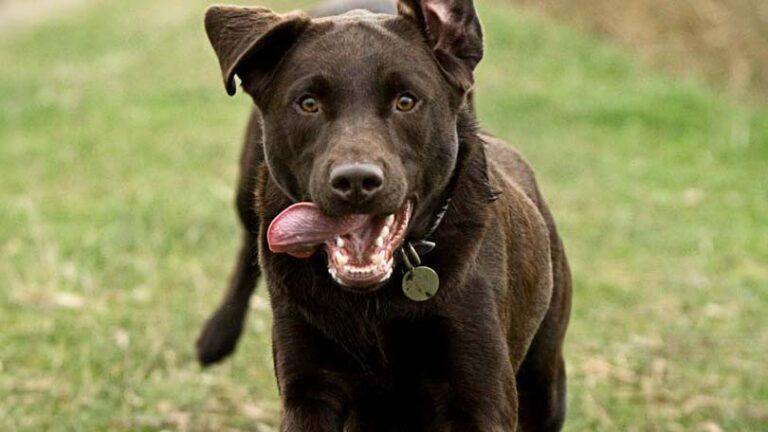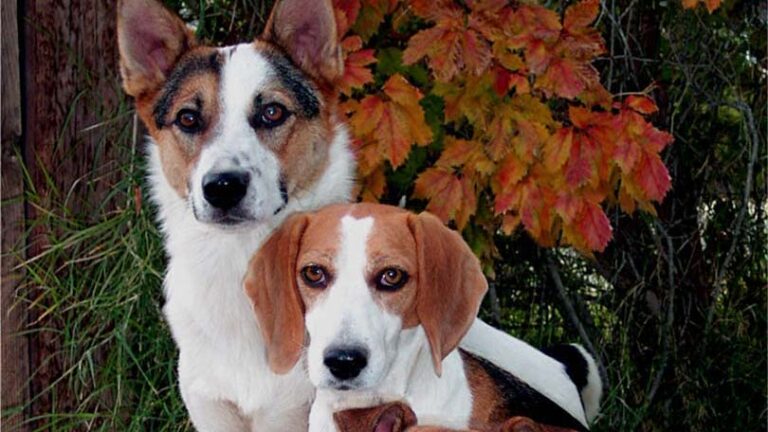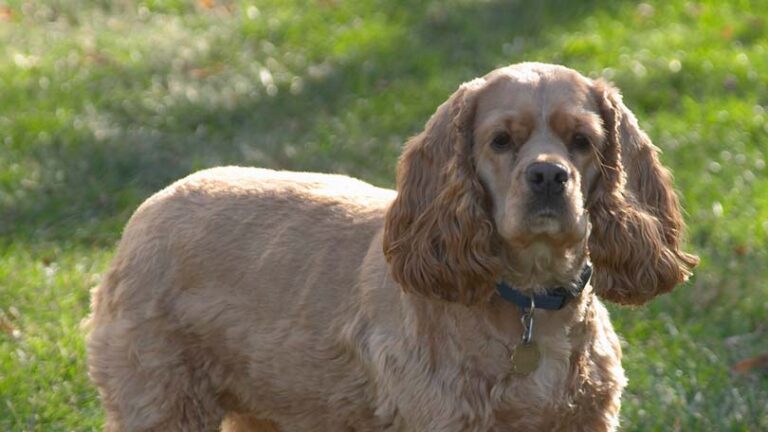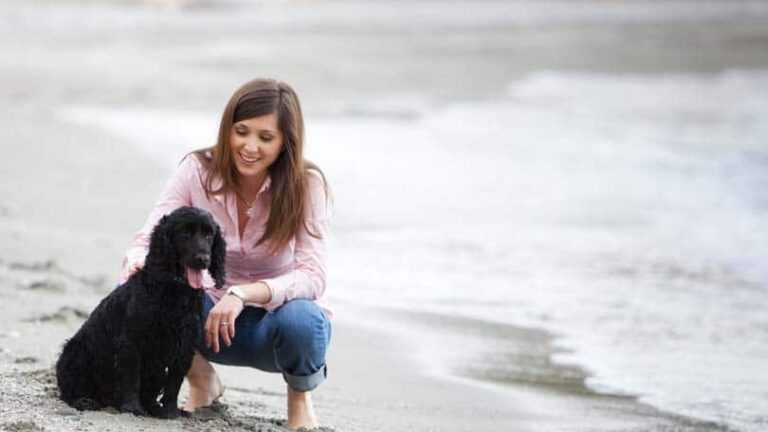Separation Anxiety in Dogs
What many people label as separation anxiety in a dog is actually just plain old-fashioned boredom and an opportunity for the dog to have some fun destroying the couch. General destruction on its own is not separation anxiety. True separation anxiety behaviors are demonstrated at other times as well – a need to be right beside you at all times of the day even while sleeping, general anxiety about new or unusual experiences especially if you are not present, and any destruction that does happen is within the first twenty minutes of being left alone, not throughout the day.
If your dog is suffering from boredom and a desire to chew pillows into a million pieces, crate training, and more exercise should help combat these inappropriate behaviors.
However, if your dog is ‘high strung’, is glued to your side 24 hours, seven days a week, chews inappropriate objects or himself when first left alone, and vocalizes, you may be dealing with a true case of separation anxiety. Retraining and behavior modification are required to ease your beloved pet’s stress over being left alone or parted from you.
Specific Examples of Separation Anxiety Behaviors
- Chewing is on specific items that could smell of you – your clothes, your shoes, your favorite chair
- Your dog only chews on items when you are gone
- Inappropriate urination or defecation and sometimes throughout the house
- Your dog bark constantly when you are gone to the point where he would might be hoarse but still barks. Inconsistent on-off barking is due to boredom
- Your dog greets you as though you have been gone months, not hours.
- When you are home, the dog must be right beside you all the time and remains anxious and stressed for a long while after you arrive home
- Your dog always behaves this way when you are gone, not just now and then
- Set up a video camera and monitor when the behavior begins. In cases of separation anxiety, the destruction and/or barking starts as soon as you leave
- Any separation from you causes the dog stress, even if you are just in the other room
- The dog sleeps curled up against you at night and must touch or at least be near you when you are relaxing on the couch or favorite chair
- As you prepare to leave, the dog becomes visibly stressed and begins to whine, or pace
- Your dog follows you from room to room
- Your dog demands your attention in an obvious, frantic way – pawing or whining at you
Tricks and Tips to Combat Separation Anxiety in Dogs
Often, we are our dog’s worst enemies and help to create all the behavioral problems our four-legged companions develop throughout their life. How do we create separation anxiety? By assuaging our own guilt when we leave them!
Is your morning spent rushing around from the shower to the kitchen to the home office only to run back to the bedroom to find your shoes? Are you always in a state of panic, short tempered and anxious to get on the road before the traffic starts to pile up? And do you fuss over your baby when you leave him for the day? Do you hug him and squeeze him and tell him that you will be back as quickly as you can? And then do you leave him with his favorite toy and a handful of treats, rewarding him for reacting to your fussing? First you create a state of stress for him by the anxiety over your own morning, then you convince him that leaving is bad by fussing over him, and finally you reassure him that he is right to be stressed about your leaving because why else would you give him treats and a toy?
What if you were to set your alarm for thirty minutes earlier, allowing for a quick walk around the block as well as a more leisurely time getting ready for your day? And finally, why not just to leave for the day? No fussing, no stress, no anxiety, no kisses. You just grab your keys, your lunch, and head out the door. The more low-key and even boring your departure, the less stress you are feeding your dog.
Next, what do you do when you come home? Do you fuss and hug and kiss your pup all over again? Wrong! You ignore him until he is calm and relaxed. The more anxious and excited your entrance, the more you are winding your dog up about being left.
Dogs read body language far better then they understand words or commands. If you normally grab your coat, your keys, and your briefcase just before you leave the house, these are cues that you are leaving. To condition him to your leaving, grab these items at other times of the week or weekend but do not leave. Carry them around the house for a while. This may take some retraining but you will find that eventually he is desensitized to those actions and he will not react when you pick them up.
Is your dog demanding of your time and attention? Does he push his nose under your hand when you are busy in an attempt to get you to pet him? Does he lie on you when you are relaxing on the couch? Does he paw you when he wants to go for a walk or be fed his dinner? These are all dominant behaviors that make us react to his requests. Instead, either ignore is incessant ‘asking’ or have him do something for you before you do as he asks (ignoring his ‘asking’ to go outside can have negative consequences for both of you!). Ask him to ‘ sit ‘ or ‘down’ or to be ‘quiet’ first. You can also make a game of it and ask him to ‘shake a paw’, ‘sit up’ or ‘speak’ once you have his attention. His reward is your attention whether he wants a pat, his dinner, or a walk.
Exercise is vital for a happy, healthy – both mentally and physically – canine companion! Increase the amount and the intensity of exercise he gets each day. If your time is at a minimum, look into hiring a dog walker or drop him off at doggy daycare a few days a week. A tired dog is a happy dog and a happy dog does not destroy your couch when you are at work!
Leaving your dog with food as a distraction works well in most cases of separation anxiety. Unlike the handful of treats that you used to give your pet when you left, you are going to give him a treat that will take him an hour or more to finish. A Kong stuffed with peanut butter and kibble is an excellent and inexpensive alternative to breakfast as is a kibble or treat ball filled with a meal. This level of distraction keeps the dog busy for a few hours while making him work, and think, for his meal. This will wear him out almost as well as an extra exercise session!
Other distractions are leaving a TV or radio on somewhere in the house. Human voices work to soothe a distraught pet meanwhile the background noise will help drown out anything that may cause him stress such as traffic or playground noise from the nearby school.
Kennel or crate training is an excellent way to protect your house and your dog from his separation anxiety. Read up on what kind of crate would work best for your dog as well as how to correctly ‘crate train’ him so that his time in his kennel does not further aggravate his separation anxiety.
When you can, take your dog with you on errands on evenings and weekends. Many dogs enjoy a car ride and as long as the weather is moderate, there is no reason why you cannot take him almost everywhere with you. Some stores and offices even let you bring your dog inside with you as long as he is well behaved and clean. This will let the two of you spend time together, even if it is not necessarily what we would normally consider quality time.
When to Call in the Professionals
If you diligently try all of these tips and your dog’s separation anxiety does not get better, you may want to take him to your veterinarian for a check up, especially if the problem is relatively new. Neurological changes, loss of hearing or changes in sight, and general aches and pains can increase the stress levels of an older dog. Your vet may also prescribe anti-anxiety drugs that work in conjunction with the behavior modification training you are already doing from the list above.
An animal behaviorist is another option. They can often see immediately what steps need to be taken to best retrain a stressed and anxious dog.
Separation anxiety is reversible with guidance, patience, and time. Changing your own behavior is the first step and he will quickly follow suit!

Having discovered a fondness for insects while pursuing her degree in Biology, Randi Jones was quite bugged to know that people usually dismissed these little creatures as “creepy-crawlies”.

